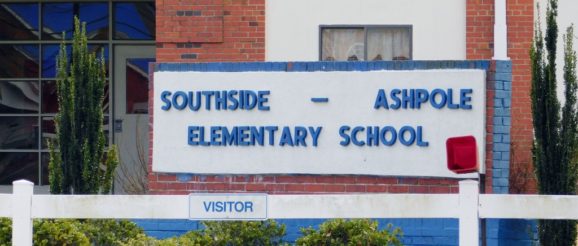House Education Committee backs bill to transform Innovation School District’s selection process | The Progressive Pulse

 The state’s Innovative School District (ISD) would not get a new school this year under a bill backed by the House Education Committee on Wednesday.
The state’s Innovative School District (ISD) would not get a new school this year under a bill backed by the House Education Committee on Wednesday.
But the school district created to turnaround low-performing schools would get a new school each of the next three years afterward, and more could be selected by the State Board of Education in subsequent years, if the bill becomes law.
The bill is a Proposed Committee Substitute (PCS) to Senate Bill 522, which initially made changes to state law affecting charter schools.
It has been revived as a vehicle to change the way ISD schools are selected, and how they operate.
The PCS, for example, changes the definition of a qualifying school. A school must be among the lowest 5 percent of Title 1 schools when it comes to school performance grades to qualify for the ISD.
The bill could help state officials avoid the messy ISD selection process that has led to boisterous protests in communities by first placing schools on a qualifying list, a watch list and warning list before it could be swept into the ISD.
State law currently requires officials to look at a school’s performance the past three years before it can be considered for inclusion in the ISD. The ISD superintendent shouldered much of weight of selecting a school, which was then sent to the State Board of Education (SBE) for approval.
The PCS calls for the SBE to automatically transfer the lowest performing school into the ISD from 2020-21 through the 2022-23 school.
It also called for a low-performing school to spend one year on a watch list and another on a warning list, and if the school is one of the five lowest qualifying schools on the warning list, the SBE would be required to transfer the school to the ISD.
But an amendment brought forward by State Rep. Ashton Clemmons, (D-Guilford), was approved that gives local school districts one more year to right the ship before being swept into the ISD.
Schools would first be placed on a qualifying list, then spend a year on a watch list, and another on a warning list if academic achievement doesn’t improve.
Clemmons noted that the extra year was included in House Bill 798, the House’s earlier attempt to transform the ISD selection process. The bill did not make it out of the Senate.
“When we are talking about schools and families and communities having the three-year process provides time for them to get their strategies in order, to get their interventions in order,” Clemmons said. “To do the work that needs to be done to turnaround a school, we know that research is very clear, it takes three years to show progress in turnaround efforts.”
State Rep. Jeffrey Elmore, (R-Wilkes). Co-chairman of the committee, said he had mixed feelings about the added year.
“There’s advantage and disadvantages to how we had it before,” Elmore said, referring to HB 798. “When you consolidate, the positive is that state level interventions can come quicker.”
Leeanne Winner, director of governmental relations for the N.C. School Board Association, said it’s important to give local education officials time to do the work needed to improve struggling schools.
“You’ve also demonstrated this in your budget,” Winner said. “You put in place a $30,000 bonus for principals to go to low-performing schools for three years. To only give them two of those three years to do that work seems not to fit together.”
The discussion about the proposed rules and administrative changes comes as the ISD looks for new leadership.
Former superintendent LaTeesa Allen’s last day on the job was June 28. N.C. Department officials have not shared any details about Allen’s departure. She was appointed to the post only nine months ago.
Bruce Major, the principal of the ISD’s only school, Southside-Ashpole Elementary School in Robeson County, also departed, effectively resigning July 1.
